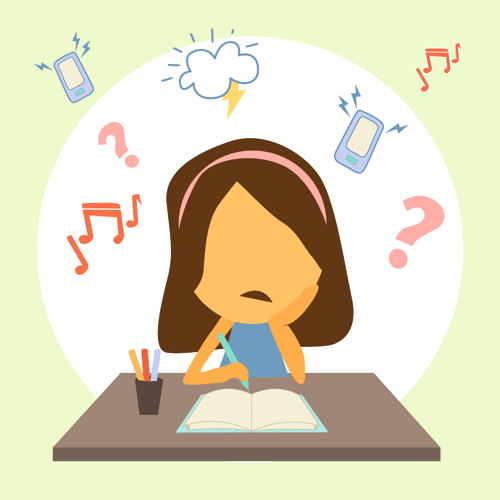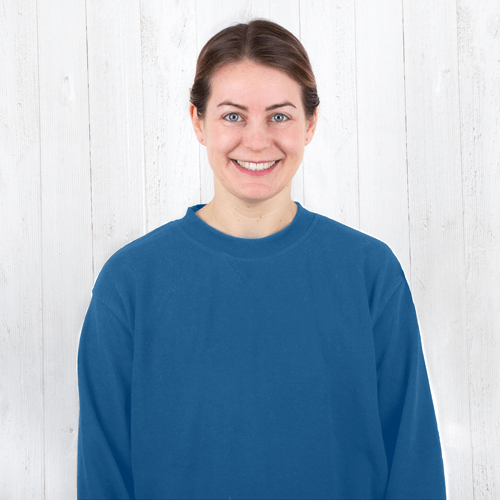Make careful assumptions based on genetics. Of course, there are plenty of exceptions and you shouldn’t generalise – that being said, you can keep the following tendencies in mind.
- Girls tend to be more auditory learners. Even as babies, they register sounds better than boys. Girls learn to speak earlier (because they listen more intensely) and also begin to read earlier. On the other hand, boys are more visually attentive and often grasp spatial concepts, grammar and mathematics faster.
- Learning styles are genetically hereditary. Most children have the same learning style as Mum or Dad – and often a mixture of both parents‘ learning styles. If both parents have the same learning style, your child will most likely have that one, too.
Tip: Speak with teachers and others who are regularly in contact with your child. It doesn’t matter how much time you spend with your child: sometimes other people will notice other tendencies and hints about a particular learning style. Child care professionals, preschool teachers or paediatricians can possibly give you a new point of view about your child’s learning style.


